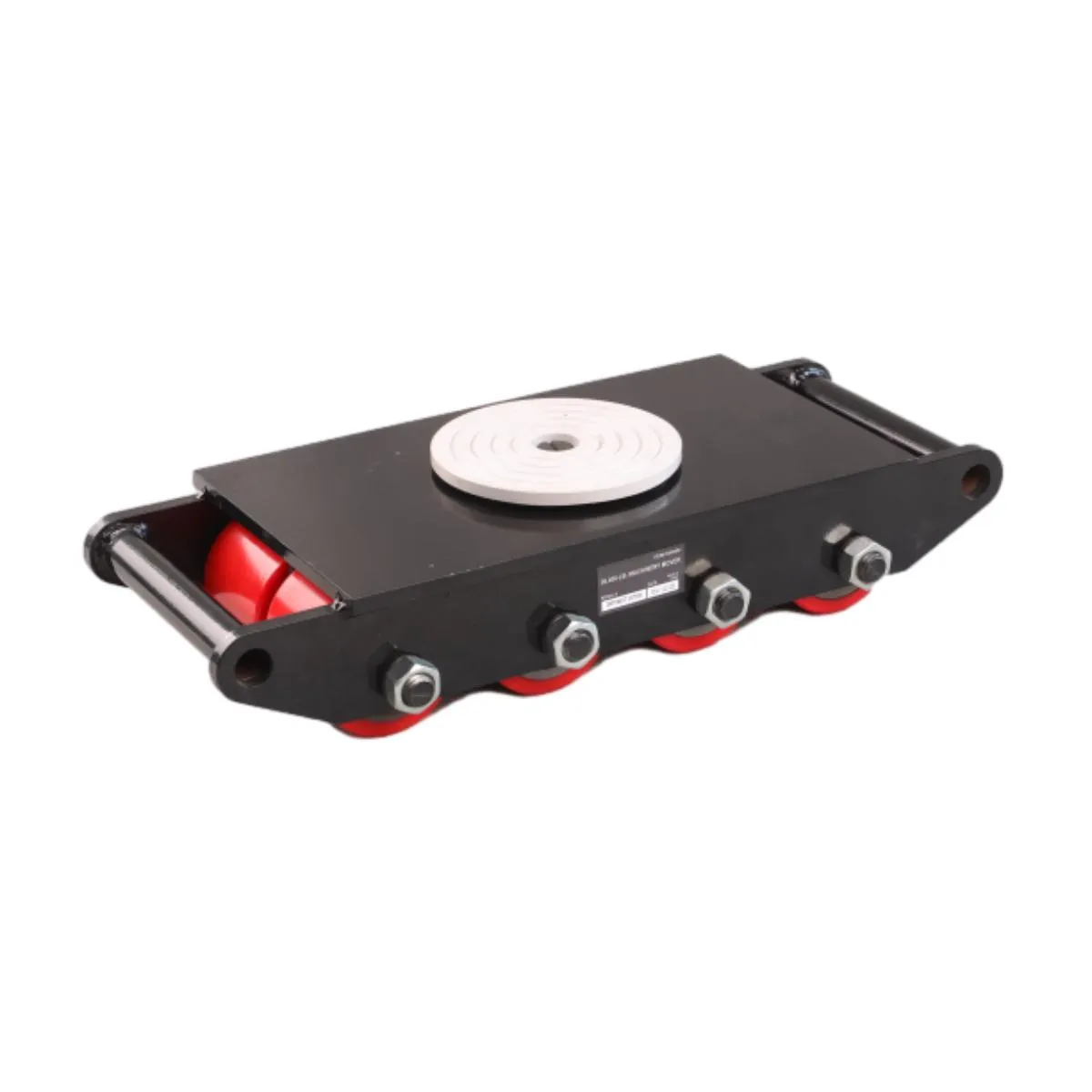Understanding Overhead and Gantry Cranes for Efficient Material Handling Solutions
Understanding Overhead and Gantry Cranes Essential Tools in Modern Industries
Overhead and gantry cranes are critical components in various industrial applications, playing a vital role in the movement and handling of heavy materials and equipment. This article delves into the characteristics, functionalities, and applications of these cranes, highlighting their importance within manufacturing, construction, and other sectors.
What are Overhead and Gantry Cranes?
Overhead cranes are installed on fixed tracks that are positioned above the work area. They consist of a hoist that can lift and lower loads, as well as a trolley that moves horizontally along the tracks. In contrast, gantry cranes operate similarly but often feature their own legs that support the structure above the ground, allowing them to move independently of a building's framework. Both types of cranes are designed to facilitate the safe and efficient transport of heavy loads over short distances.
Key Components
Overhead and gantry cranes are made up of several essential components
1. Bridge This is the main horizontal beam that spans the work area and supports the hoist mechanisms. 2. Hoist The hoisting device raises and lowers the load. It can be electric, pneumatic, or manual, depending on the crane design. 3. Trolley The trolley, which runs on the bridge, allows lateral movement of the load, providing flexibility in maneuvering. 4. End Trucks These are located at either end of the bridge, enabling it to move along the support tracks. 5. Controls Operators control the crane using a series of levers, buttons, or wireless remote systems.
Working Principles
The operation of overhead and gantry cranes is relatively straightforward. When a load needs to be lifted, the hoist is engaged, and the lifting mechanism raises it to the desired height. The operator then navigates the crane along the bridge or across the gantry, positioning the load accurately at the target location before lowering it down.
overhead and gantry cranes

These cranes are engineered to handle considerable weights, often in the range of several tons. Their design dynamics include features such as anti-sway technology and variable speed control, ensuring that loads can be moved with precision and safety, minimizing the risk of accidents.
Applications of Overhead and Gantry Cranes
The versatility of overhead and gantry cranes allows them to be used in various industries, including
- Manufacturing In factories, these cranes are essential for transporting raw materials and finished products during production and assembly processes. - Construction From lifting steel beams to moving heavy equipment, cranes are indispensable on construction sites to streamline workflows and enhance safety. - Shipping and Logistics At docks and shipping yards, gantry cranes facilitate the loading and unloading of cargo containers, improving efficiency in logistics operations. - Warehousing Overhead cranes can maximize vertical space in warehouses by allowing for the storage of heavy items in higher racks. - Maintenance and Repair They are also used in maintenance facilities for lifting and moving heavy machinery and equipment.
Safety Considerations
Despite the efficiency and necessity of overhead and gantry cranes, safety remains paramount. Operators must undergo extensive training to manage the cranes effectively and comply with safety regulations. Regular inspections and maintenance of the cranes are essential to prevent malfunctions and accidents on the job site.
Conclusion
Overhead and gantry cranes are indispensable tools in modern industries, providing unparalleled assistance in material handling and logistics. Their ability to lift heavy loads safely and efficiently has made them a standard feature in various settings, from factories to construction sites. Understanding their functionality, applications, and the safety measures associated with their use is crucial for anyone involved in industries reliant on heavy lifting. As technology continues to evolve, we can expect further advancements in crane design, enhancing both their capabilities and safety features, thus securing their place in the future of industrial operations.
-
2000 lb Gantry Crane: Portable, Heavy-Duty, & Safe LiftingNewsAug.29,2025
-
4000 lb Gantry Crane: Heavy-Duty, Adjustable Lifting SolutionsNewsAug.28,2025
-
The Power of Trolley Cargo and Machinery Moving SolutionsNewsAug.22,2025
-
Exploring Magnetic Lifting Devices for Efficient Steel Plate HandlingNewsAug.22,2025
-
The Essential Guide to Portal CraneNewsAug.22,2025
-
Enhancing Efficiency in Permanent Magnetic LiftersNewsAug.22,2025
-
Heavy-Duty Machinery Movers and Material Handling SolutionsNewsAug.22,2025
